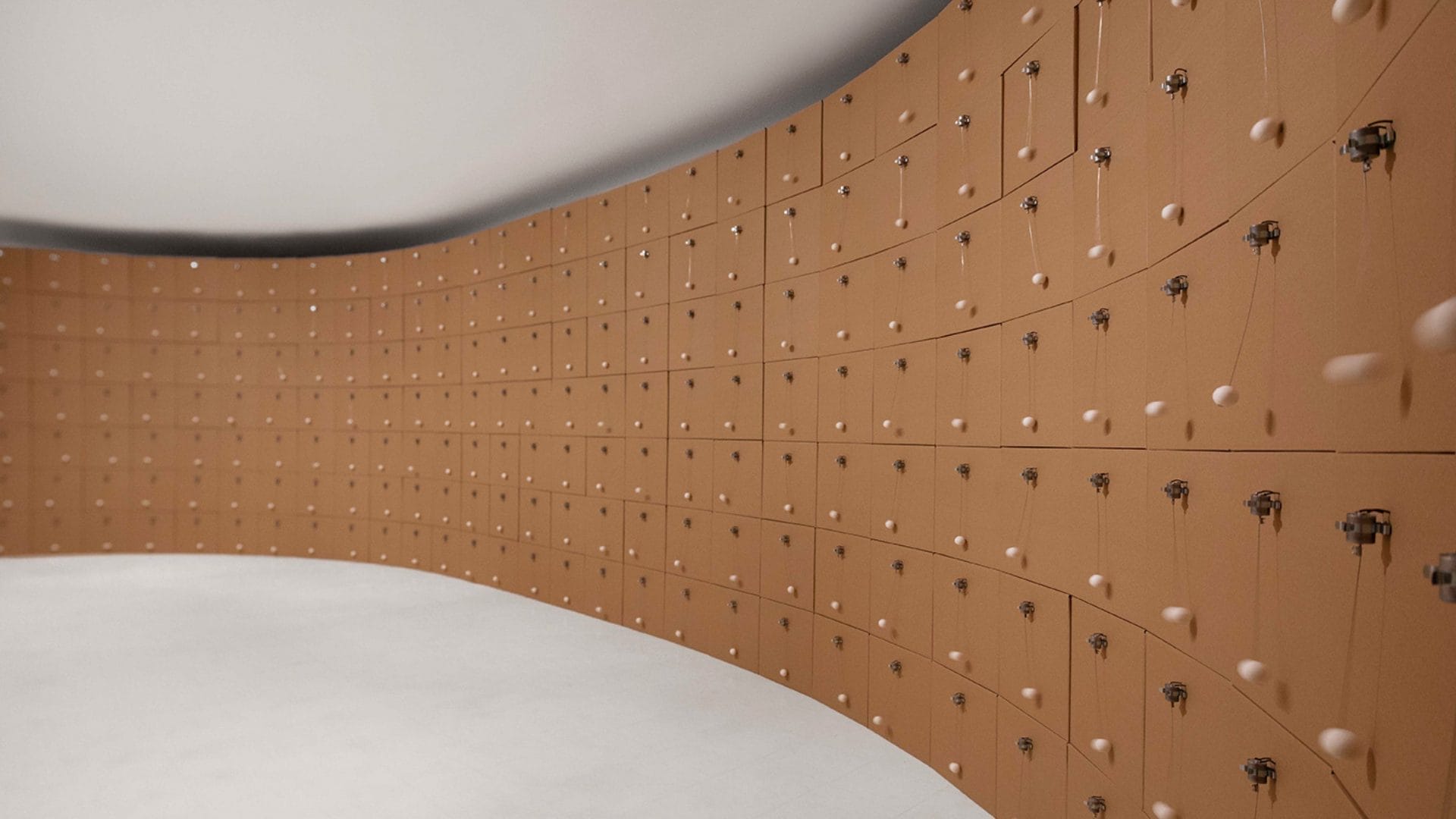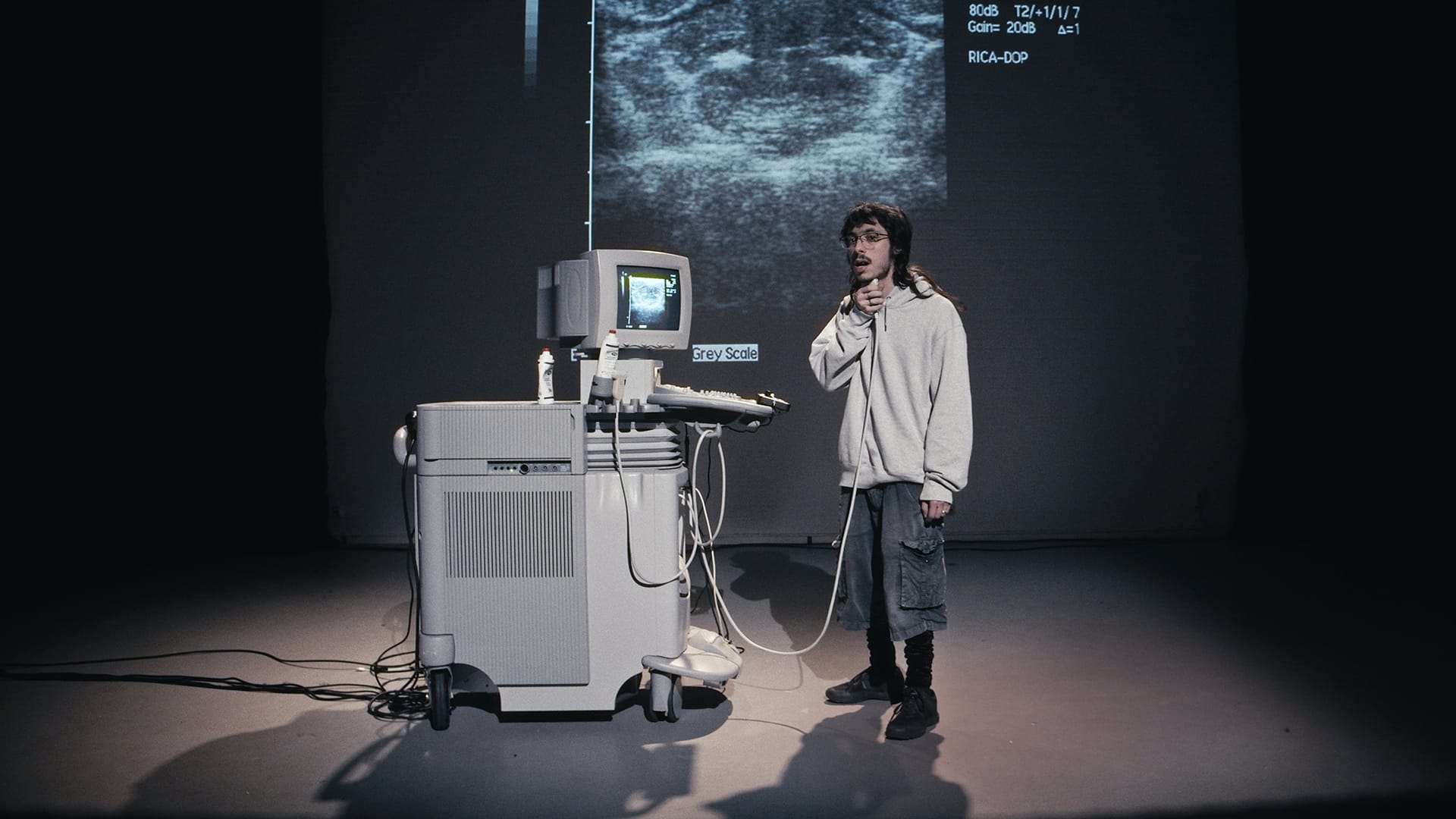
Art After the Click: From Presence to Post-Production
Unseen Art: The Birth of Mediation
Art, in its most mythological conception, was born to be seen. And yet, for over a century now, what we consume, more frequently and more widely, is no longer the artwork itself, but its image. Photography, introduced in the 19th century as a documentary tool, soon evolved into an epistemological device capable of redefining the relationship between artwork and viewer. No longer a medium of transparency, but a filter, an edit, an interpretation. It is from this shift that the notion of the unseen artwork takes form, or rather, the artwork seen only through someone else’s eye.
Modernity, in fact, has conditioned us to encounter art through mediated lenses. Our gaze was not shaped through direct contact with the artwork, but through the reproductions of it: textbook pages, university slides, catalogs, visual encyclopedias. The history of art, as we know it, is a narrative constructed from images of images. Direct experience, one that involves a body in space, a physical distance to be bridged, a material to be perceived, has become the exception, not the rule.
And yet, if photography promised a democratic illusion of access, it also exercised a selective power: it chose what to show, and how. The framing of art history books, often anonymous but never neutral, shaped what was considered “significant” within a work. The artwork wasn’t merely captured; it was framed, isolated, made legible through specific codes. The photographer, invisible yet omnipresent, became a co-author in the aesthetics of reception. At this point, documentation ceased to be ancillary and became productive: it produced meaning, vision, value.
One emblematic case is enough to understand the scope of this underestimated shift: many of Marcel Duchamp’s works, especially the conceptual and installation-based ones, are known more through their photographic reproductions than through direct experience. Étant donnés, for example, has been seen by only a small portion of the public, yet it is widely recognized through a proliferation of images and critical descriptions. In other words: the artwork no longer coincides with its presence, but with its reproducibility.
This slippage is far from secondary. It foreshadows what would later happen with the systemic documentation of conceptual art, in which the photograph often becomes the artwork, not merely its trace. A genealogy that begins with the invention of photography, moves through the thought of Walter Benjamin, and arrives today at the dematerialization of the art object into digital content.
Unseen art, then, is no less real. It is simply other. It is made of glossy paper, of pixels, of servers. It is art consumed through the interface, not through the skin. And yet, this is the art that has shaped our gaze, and perhaps, our very notion of what constitutes a “work of art.”

Archives of the Present: From Catalogs to Blogs
If photography inaugurated a new condition of seeing, it was through its systematic archiving that this condition became structure. From the mid-twentieth century onward, and with exponential acceleration over the past two decades, the artwork ceased to be conceived solely as a singular presence, becoming instead an archived presence. This transformation unfolded through an entire constellation of editorial and documentary tools: from exhibition catalogs to institutional websites, from museum databases to independent platforms, from printed magazines to Instagram pages that now stand in for journals.
This shift was not merely formal, it was epistemic. Catalogue raisonnés and monographic publications, for example, long served as the core of the artistic narrative, helping to construct a visual and conceptual canon through an imposed order: selection, caption, layout. Within this context, no image was ever neutral, it was shaped by a precise curatorial grammar. Their function was not simply preservative, but performative: they dictated what was worth remembering, what was deemed worthy of entering “history.”
With the advent of digital media, this power both multiplied and, seemingly, democratized. The proliferation of blogs, online archives, and independent projects triggered an unprecedented acceleration in the volume of accessible images, texts, and references. Yet this apparent opening gave rise to a new form of diffuse centralization. Platforms born to challenge institutional hierarchies soon became normative structures themselves: visual repositories that, through the logic of algorithms or editorial seriality, continue to shape the ways we see and understand contemporary art.
Consider, for instance, the role of blogs that emerged in the late 2000s and early 2010s, visual archives that, through the systematic collection of exhibition and installation images, have come to constitute alternative atlases of contemporary artistic production. In the absence of physical visits, these platforms allowed artists to exist within a global geography untethered to latitude. Yet even if every artist is potentially visible to anyone, what is seen remains the result of an editorial architecture, often invisible, that selects, orders, and filters. Once again, documentation does not accompany the work: it precedes it, orients it, codifies it.
This is all the more paradoxical in the case of site-specific or performative projects, works born precisely to escape the logic of the permanent object, yet rendered immortal through documentation. It is only thanks to photography and video, and their subsequent editorial dissemination, that these experiences resist time, at times even acquiring an aura the event itself never possessed. In such cases, it is no longer simply the archive that contains the work, it is the work itself that assumes the form of an archival gesture. An exhibition, a performance, an installation: all bend to the awareness that they will be seen belatedly, in another space, in another time.
It is noteworthy how criticism itself has gradually aligned with this new paradigm. Increasingly, reviews and essays are not based on direct experience of the work, but on its secondary documentation: promotional photographs, press kits, social media posts. This shift has introduced a new form of theoretical distance, a mode of criticism no longer rooted in close observation, but in mediated reproduction. It is art read through the image of art. Art seen without having been there.
In this landscape, the digital archive is no longer a mere repository, it is an active device, a generator of visibility. It produces existence, defines trajectories, generates consensus. The “documented” artwork is the one that circulates within the system of meaning. The “undocumented” artwork is potentially invisible. Documentation thus becomes not just infrastructure, but an ontological condition: what exists is what can be searched, found, saved, and shared.
And so, rather than ask whether documentation distorts our perception of the work, we might instead ask whether the artwork has long been a pretext for producing documentation. Not something that happens and is then recorded, but something conceived already in the form of its archive.
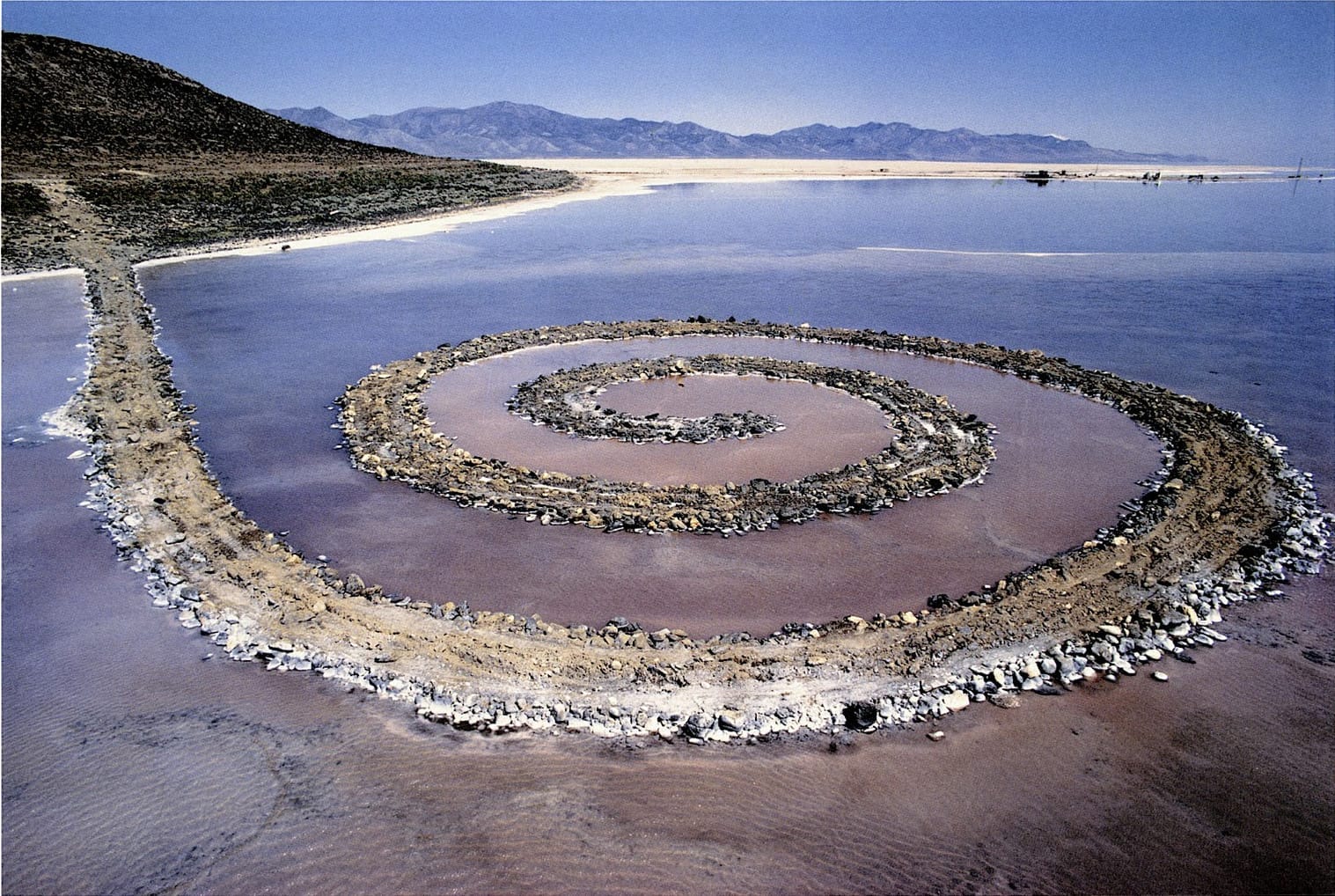
The Image That Determines: Historians, Photographers, and Curators
If the past appears to us as a series of visual certainties, a Botticelli with his draperies, a Fontana with his cuts, a Beuys surrounded by felt, it is only because someone chose that image, that detail, that angle. Art, as we know it, has passed through the selective gaze of those who had access to the work, the lens, and ultimately, the printed page. This process, seemingly neutral, technically documentary, has in fact produced an invisible aesthetic: the one behind how artworks are shown to us.
Art historians, curators, editorial photographers: these are the figures who, over the past century, have shaped our artistic imagination more than we care to admit. It’s not merely a matter of accompanying an artwork with an interpretive framework, but of creating its official visual form, the icon that survives beyond the contingency of experience. In other words: those who photograph, write, and select, both then and now, do not simply reproduce the work, they reinterpret it according to aesthetic, political, and symbolic criteria.
A photograph of an artwork is never just a document; it is a declaration of intent. The chosen lighting, the background, the framing, the presence or absence of environmental context, all contribute to constructing a visual identity that, in most cases, will be the one that outlives the work itself. The artwork, in short, is no longer what it is, but what it appears to be in its documentation. And it is in this tension between reality and representation that a crucial battle of our time is being played.
Consider how conceptual art made this process explicit: for many artists of the 1970s, photography was not merely a means of recording the work, but became part of the work itself. Yet even where this is not explicitly the case, photography remains essential. In many historical installations, what we remember today is often a photographic mise-en-scène designed to endure—to survive the temporality of the display. The same applies to performance: the gesture is ephemeral, but its image becomes stable, iconic, repeatable.
If we look closely, the history of modern and contemporary art is written mostly through secondary images. We were rarely present in the key places and moments, we were not in the Parisian cafés of 1910, nor in Düsseldorf during Beuys’ lectures, nor in the New York loft hosting Mapplethorpe’s first show. Our visual memory was built by those who decided how that past should appear. In this sense, every exhibition photographer, every art historian who selects an image for a text, every curator who assembles a catalog, exercises a formative power that is anything but marginal.
This is not a call to return to the “real” work, as if we could escape mediation and recover some pure, unfiltered experience. Rather, it is a call to acknowledge that the artwork is increasingly a retrospective construction, one that takes shape in how it is presented, reproduced, and documented. An artwork that lives in the photograph as much as, if not more than, in its original material form.
It is with this awareness that the curator’s role transforms: no longer merely the director of the exhibition, but an editor of images, a weaver of visual narratives. And the photographer, once a technician of reproduction, becomes a co-author of vision. Both operate within an increasingly blurred boundary between art and its representation, between presence and document, a boundary where aesthetic responsibility becomes political responsibility.
Because every frame is a choice.
And every choice is a form of power.
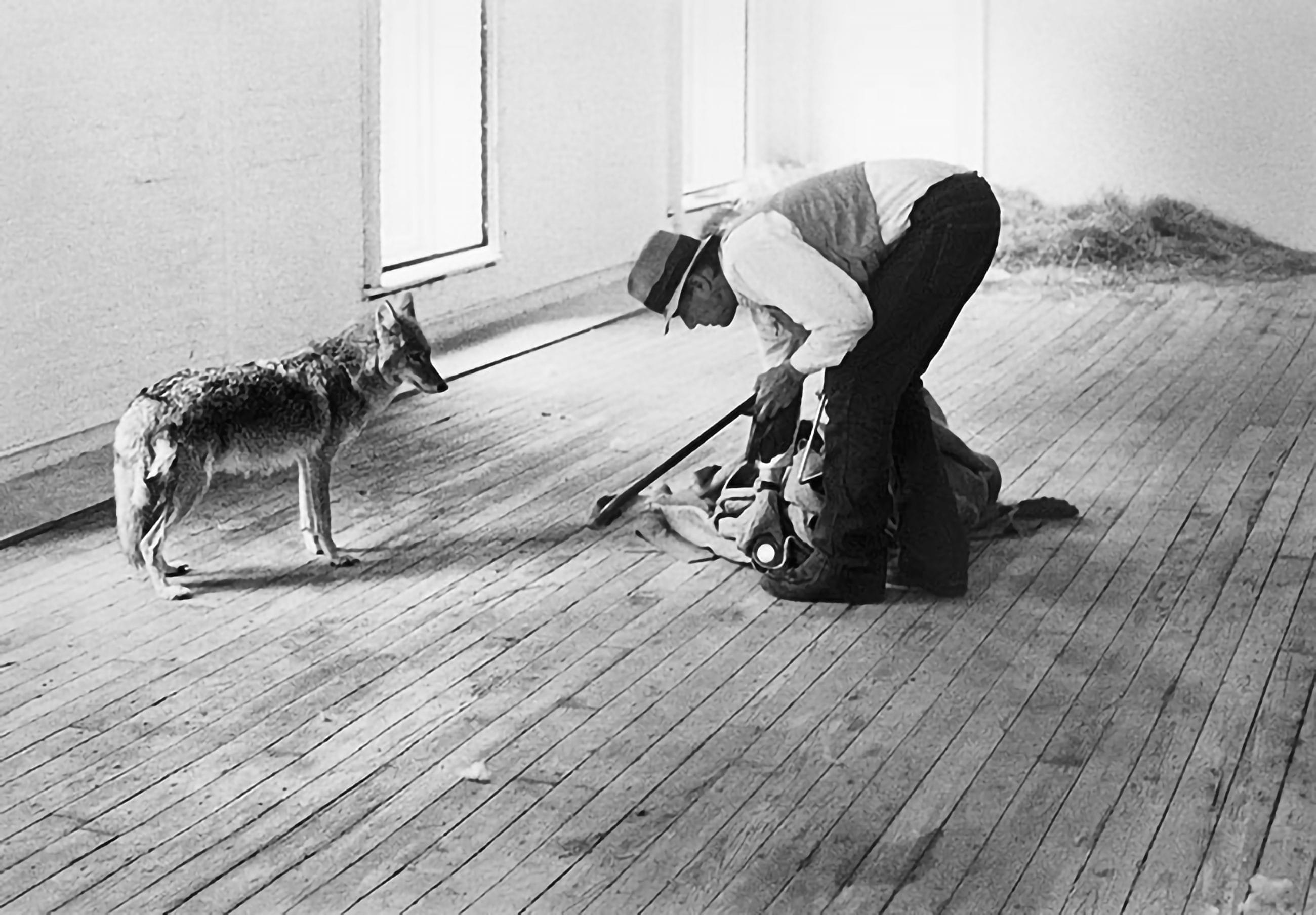
The Infinite Echo: Social Media and Documentation as Artform
Today, the artwork is often born already photographed. Even before it is installed, exhibited, or experienced, it is conceived as an image destined for circulation. It is designed for instant visibility, for sharing, scrolling, reposting. Documentation, once a retrospective aid, is now a generative matrix: it guides, shapes, and in some cases, even precedes the artistic production itself.
This is not merely to say that social media has transformed how art is promoted or disseminated. It is something deeper: it has reconfigured the very ontology of the artwork, making it inseparable from its reflection. Instagram, TikTok, visual newsletters, Telegram channels, these are only the latest manifestations of a logic that began long ago: with photography, yes, but also with the underlying impulse to preserve, reproduce, transmit.
There was never an innocent “before”, no era in which the work offered itself wholly to unmediated perception. As we’ve seen, even the most anti-material avant-gardes reached us through mediation: Duchamp became Duchamp not through the objects themselves, but through their images, their captions, the critical and photographic apparatus that constructed his myth. Likewise, the radical performances of the 1970s survive more as visual repertoires than as lived memories. Art, for a long time now, has been a field of post-production.
What social media has done, then, is not introduce a rupture, but accelerate a process already underway. It has pushed the logic of reproduction to its limit, making it instantaneous. The artwork is not only documented, it lives in order to be documented. The artistic gesture is shaped by the awareness of its future visibility, and often, of its visibility even before it happens. The artist now occupies a doubly creative and performative role: not only producing artworks, but generating contexts of visibility, scenarios of reception, visual narratives. Art becomes art also in its public representation.
In this landscape, the document is no longer an extension of the work: it is a work in its own right. An Instagram story, a Reels clip, a photograph posted by a prominent curator can generate a resonance far greater than the physical exhibition itself. The artwork dematerializes not to retreat from the world, but to multiply within it, across networks, feeds, and the dynamic archives of our devices.
This new condition demands a rethinking of authenticity and experience. The artwork is no longer what is encountered in space, but what is constructed in medial time. Its truth lies not in the object, but in the network of perceptions, recordings, and duplications that accompany it. And if we once asked what remained of the aura, perhaps now we must ask whether the aura has become, paradoxically, an algorithmic effect: a measure of engagement, a manufactured virality, a curatorial strategy embedded in the very code of circulation.
But there’s more. If documentation has become a form of art, then what’s at stake is not just how art is seen, but who makes it. In an ecosystem where every artist is also a content producer, every viewer a curator of their own visual archive, and every post a potential exhibition, the line between author and audience, production and reception, dissolves. The artwork is no longer a singular gesture, it is a collective dynamic, a fluid field of shared visibility.
In this sense, social media does not represent a crisis of documentation, but its apotheosis. The image of the work no longer merely reflects, it reverberates. And it does so infinitely. In a scroll with no end, in a memory without oblivion, in a proliferation that is both multiplication and dispersion.
Documented art is no longer art that was.
It is art that happens, everywhere, always, in every act of visibility.
And perhaps it is in this infinite echo that the possibility of a new gaze resides, not to return to the “real” artwork, but to recognize that the artwork’s reality today is precisely its image.

The Work and Its Double: Destiny and Artifice of Documentation
Upon closer inspection, what we call documentation has never been something external to the artwork. It is its constitutive double, its necessary shadow—the reflection without which there would be no transmission, no memory, no history. Every artwork is accompanied, or rather, followed, by an image, a text, a narrative that ensures its survival. Documentation is the form the work takes in order to continue existing after, or beyond, its presence.
But what happens when this “after” precedes the very act of creation? When the artwork is born already anticipating its reproduction, its circulation, its future legibility? We have entered a time in which the document no longer merely follows the work: it anticipates it, structures it, preconditions it. The double is no longer the echo, but the matrix. Art is now conceived as something that must be seen, saved, shared, archived. Not a singular experience, but a repeatable device. Not an unrepeatable event, but optimized content.
And yet, it would be naïve to read this condition only as a loss. There is no innocence betrayed here, no fall from a golden age. Art, like every cultural form, has always been preserved through artifice. The myth of pure experience does not hold up to the weight of history. None of us stood before Caravaggio’s wet canvases, nor walked through the Parisian salons where Cubism was first announced. We know these works, and many others, because someone else returned them to us. The history of art is a history of restitutions, not of presences.
In this sense, documentation is the historical form of persistence. It is what allows the artwork to endure, but also to transform. For every new documentation is a new interpretation, a new way of reading, a new construction. The archive, then, is not only a site of storage, but of generation. It enables transmission, but also makes possible discontinuity, rewriting, rediscovery.
This awareness calls for a paradigm shift. It is no longer a matter of distinguishing between a “true” work and a “false” document, but of accepting that every work has always been implicated in its own documentary apparatus. That every artwork, in order to exist culturally, must be seen through a system of mediations, photographic, textual, digital, curatorial.
The question, then, is no longer “Where is the artwork?”, but “How is its image produced?” And further: Who has access to this process? Who decides what enters the archive and what is left out? What aesthetics become standard, what languages are legitimized, which stories are told, and which are forgotten?
Responsibility, in this new configuration, expands. Not only the artist, but also the photographer, the designer, the curator, the critic, the editor, the collector, and even the viewer, participate in the construction of the artwork as a public image. All of them, knowingly or not, contribute to generating the document that will one day become the official memory.
Perhaps, then, the real challenge is no longer the preservation of the artwork, but the curatorship of its double. Caring for how the work is narrated, displayed, reproduced. Questioning the way it lives within the archive, the feed, the algorithmic cloud. Not to defend it from reproduction, but to build reproductions that are more conscious, more complex, more open.
Because if it is true that every artwork is accompanied by a double, then today it is us who are called to decide what kind of double we wish to generate.
Whether it will be a mirror, an echo, a simulacrum, or perhaps, an artwork in its own right.
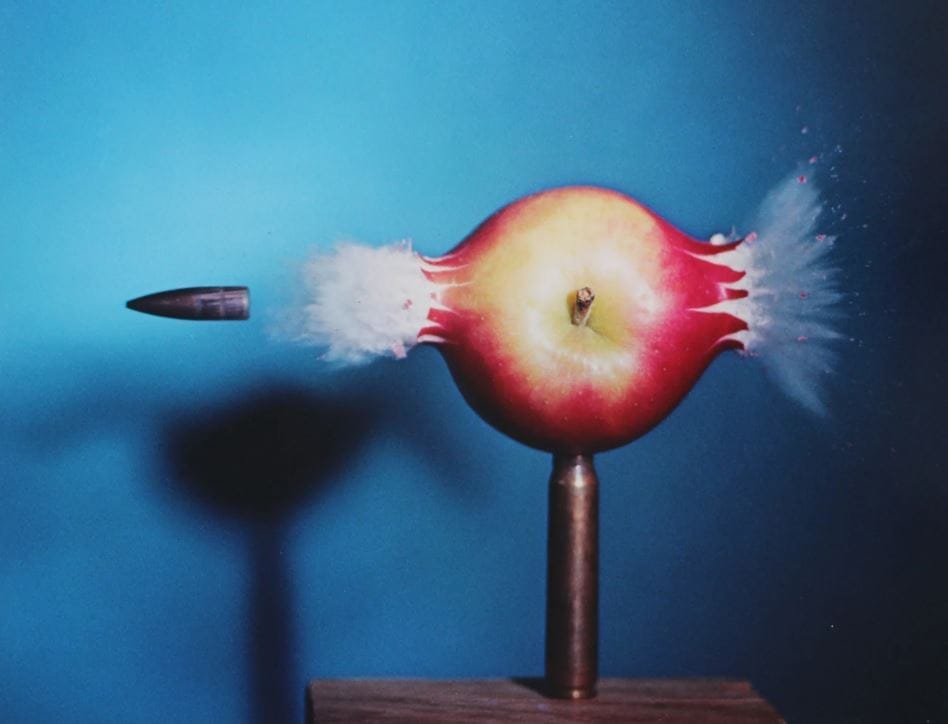
fakewhale
Founded in 2021, Fakewhale advocates the digital art market's evolution. Viewing NFT technology as a container for art, and leveraging the expansive scope of digital culture, Fakewhale strives to shape a new ecosystem in which art and technology become the starting point, rather than the final destination.
You may also like
Harmonic Dissonance: Zimoun’s Sound Installations
Origins and Evolution: Zimoun’s Journey from Swiss Roots to the Global Art Scene Zimoun, an ar
Fakewhale in dialogue with Georg Eckmayr
We’ve been following Georg Eckmayr’s work for some time, fascinated by his ability to in
Beyond the Conventional: Doubts and Shadows in Amos Peled works
Fakewhale engages in conversation with Amos Peled, a multimedia artist who uses doubt as a methodolo

